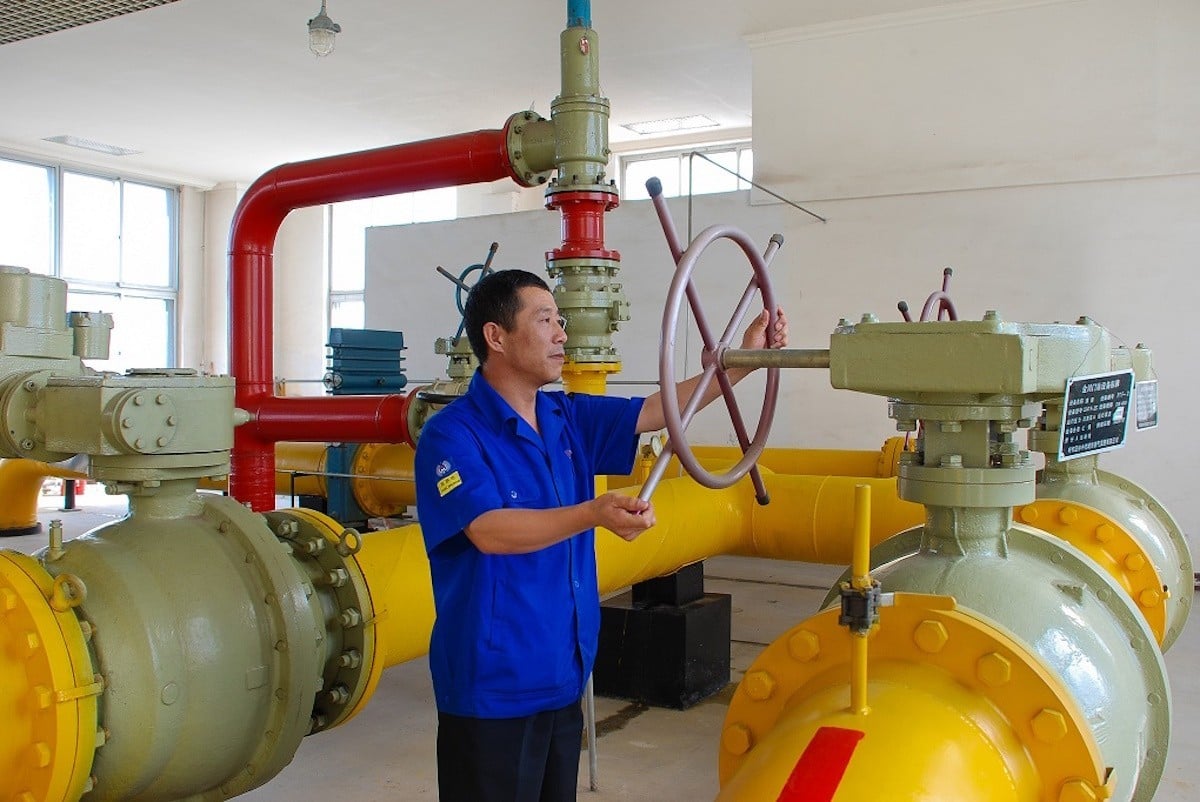We live today in the most explosive era of infrastructure development in human history. By mid-century the unprecedented rate of highway, dam, mine and power plant construction; along with city growth, will girdle the globe in concrete. Arguably, that burst of activity will improve the lives of millions. But it is also coming at a terrible cost to the natural world, as we lose the rainforests, estuaries, wetlands, wildlife and indigenous people of our planet.
Over the past few decades the tremendous wave of infrastructure development — and environmental harm — that once primarily dominated the US and European landscapes, has swept across Africa, Asia and Latin America.
And along with it has come transnational environmental campaigns determined to minimize damage, protect habitat and support indigenous people. These environmental campaigners — typically outgunned and out-funded by corporate developers — have worked diligently to kill potentially risky projects, or mitigate their negative effects.
Central to the most successful environmental advocacy campaigns has been a close relationship with the media. But how important has that media role been?
“The media are essential for ‘getting the word out’ about ill-advised infrastructure — they are the key connection between the scientists studying these issues and decision-makers and the general public,” Bill Laurance, a distinguished research professor at Australia’s James Cook University, told Mongabay.
Read more at Mongabay
Photo: Villagers in Thailand protest the construction of the Xayaburi Dam on the Mekong River during the Asia Europe Summit in Vientiane, Laos in 2012. Very often protests signs used by environmental groups against large infrastructure projects feature both a country’s native language and also English, so that if the demonstration gains coverage by the international press the message will get easily communicated to the English-speaking world. Photo by Pianpron Deetes / International Rivers





